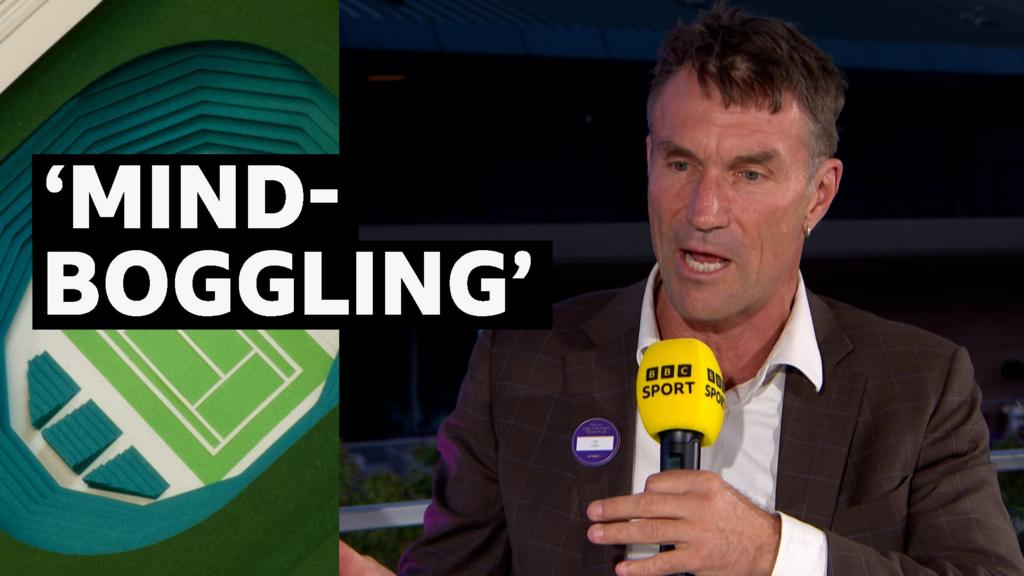The design and development of multifunctional sports and entertainment complexes in Asia faces many challenges. These include economic constraints, budget limitations, the need for transportation upgrades, and land availability. However, these complexes are pivotal in fostering social integration, enhancing community wellbeing, promoting active lifestyles and diminishing social isolation.
Future development strategies for multifunctional sports, cultural and community clusters must therefore incorporate comprehensive planning that addresses these diverse challenges. A multidimensional approach should encompass the following five foundational elements of the planning and design of sports and entertainment infrastructure to ensure its successful integration into the broader urban fabric.
Venue program
A thoroughly detailed venue program is crucial and should be meticulously developed before the commencement of preliminary design. This foundational program should extend beyond the standard requirements of feasibility studies and specifications for hosting major events.
Urban connection
The significance of barrier-free and traffic-free connections between the city, neighbourhood and sports and entertainment precinct cannot be overstated. These connections can create safe and welcoming public spaces when carefully planned in the project’s early stages. The project can ensure the precinct is a community-centric space that is also designed with climate in mind, particularly in Southeast Asia where areas like large open plazas should be avoided due to the urban heat island effect.
Inclusive design
The cultural context and increasing enthusiasm for sports and social activities among the female population in Asia necessitate specific architectural and design considerations for public and community-use zones within stadia and their broader precincts. Architectural planning for these areas must prioritise the needs of all ages and genders as well as people with disabilities. Ensuring these zones are safe, well-lit, and free from obscured areas enhances security and accessibility for all users.
Functional integration
One highly effective strategy for ensuring regular visitor traffic to a stadium is the integration of multifunctional zones within the main venue. These zones can include a health clinic, potentially linked with a sports rehabilitation centre offering programs for residents. Additionally, incorporating libraries with free public access and dedicated study areas caters to the educational needs of young people. Educational facilities, sports schools and sports academies are also crucial, nurturing talented athletes from an early age and fostering a strong sports culture.
Cultural integration
Sports and entertainment precincts are now increasingly recognised not just as venues for their core activities but as vital cultural hubs capable of hosting a diverse range of events. These versatile spaces are ideally suited for concerts, shows, musicals and theatre productions and can even function as open spaces for markets, art galleries and cultural festivals. The deliberate incorporation of such multifaceted features into the architectural design of future buildings is crucial. This approach cultivates a vibrant cultural point of attraction that benefits not only the residents of the immediate precinct but also the broader city.








 English (US) ·
English (US) ·